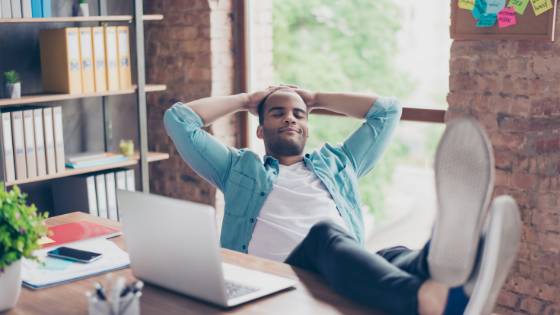In my previous post about space reduction, Technology, Mobility, Flexibility, and Beyond, I discussed the relationship between new technologies and mobile work practices and how this relationship is presently affecting today’s office space. In particular, I focused on the trend toward increasingly open layouts coupled with a greater reduction in the overall amount of space provided for a mobile or flexible office.
Despite this trend's strong momentum, are the new mobile and flexible office layouts creating working environments for employees that truly support mobile work practices by enhancing employee productivity and comfort, or are they principally serving as a space and cost savings measure?
At this point in the progression toward open, reduced-space office layouts, there appears to be evidence that both may be primary, sometimes competing, driving factors. It is easy to measure the financial advantages of reduced space offices. But how do we measure the suitability of the work environment we create for the employees?
Mobile Office Privacy and Employee Satisfaction
From my observations, accommodations for privacy may be the most critical factor in determining the overall success of the new office layouts in supporting employee satisfaction and productivity. Recent Internet postings such as Privacy Crisis Engulfs Open-Plan Offices, Open Office Or Private Space? and Google Got it Wrong draw further attention to mobile office privacy as a primary indicator of employee satisfaction and productivity.
Clearly, during the course of the work day, most employees will require:
- Time to focus intensely and individually work on their primary job assignment.
- Time to interact and coordinate with co-workers.
- Time to address the inevitable personal matters that affect all employees.
All three activities require a degree of mobile office privacy, both acoustic and visual.
Over the next three posts, I will present some of my observations regarding privacy as an indicator of the relative desirability of an open office layout from the employees’ perspective, including noise levels, visual distractions, segregation of focus versus collaborative issues spaces, etc. These observations may help determine whether employee satisfaction is a primary driving force as opposed to the bottom line of reducing space.










.jpg)


.jpg)
.jpg)
-1.jpg)
.jpg)
.jpg)
.jpg)
.jpg)
.jpg)

